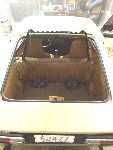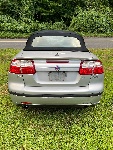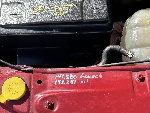 The banner above is an advertisment - if it asks you to download software, please ignore.
The banner above is an advertisment - if it asks you to download software, please ignore.
Site News -
4/9 Saab Owners' Convention Day Pass Raffle |
3/26 M Car Covers (by State of Nine)
Couldn't find this post--it was most likely deleted as a duplicate posting... Sorry for the inconvenience!Back to the General Bulletin Board
StateOfNine.com
 |
SaabClub.com
 |
Jak Stoll Performance
 |
M Car Covers
 |
Ad Available
 |

Random Saabnet.com Member Gallery Photos (Click Image)



This is a moderated bulletin board - Posting is a privilege, not a right.
Unsolicited commercial postings are not allowed (no spam). Please, no For Sale or Wanted postings, SERIOUSLY.
Classifieds are to be listed in The Saab Network Classifieds pages.
This is a problem solving forum for over 250,000 Saab owners, so expect to see
problems discussed here even though our cars are generally very reliable. This is not an anything goes
type of forum. Saabnet.com has been a moderated forum since 1988. For usage guidelines, see the
Saabnet.com Mission and Purpose Page. Please remember that you are
not anonymous. Site Contact | Site Donations | Other Sites by SP -
Poverty2Prosperity.org | Run Club Menlo Park | ScreenBot
Site Members do not see red text instructions, bottom of the page anchor ads, or box ads.
Click here to see all
the Site Membership Benefits!








